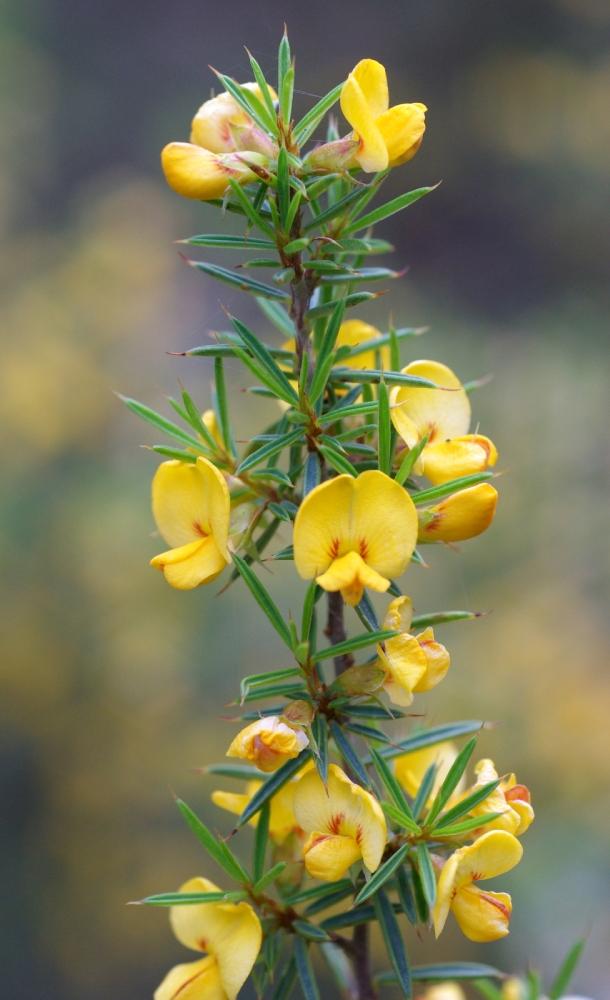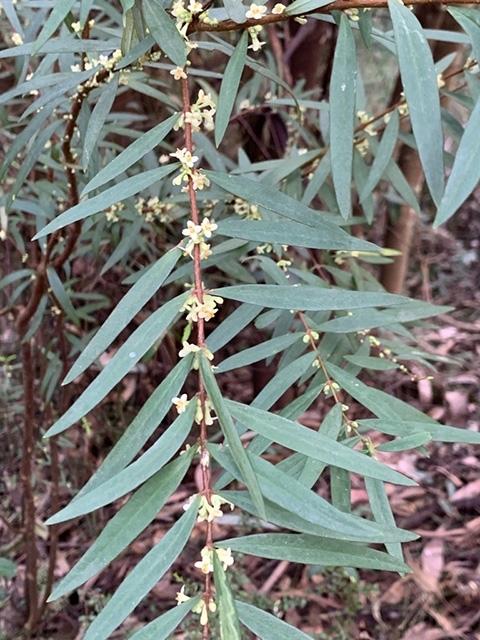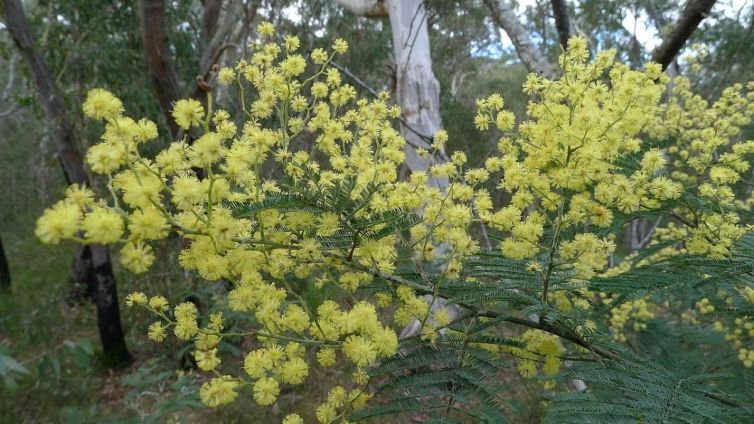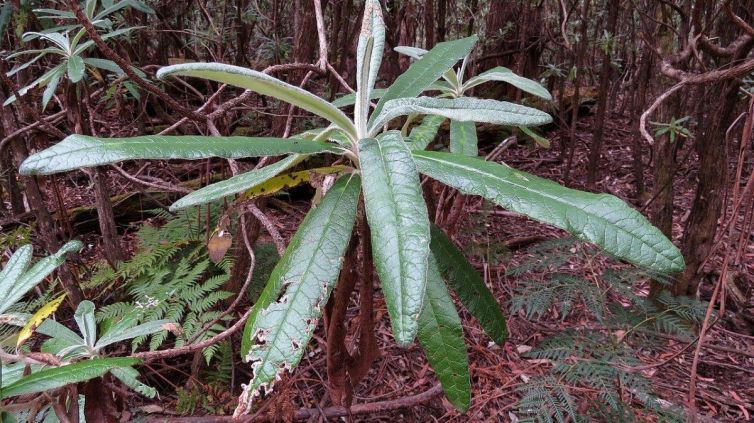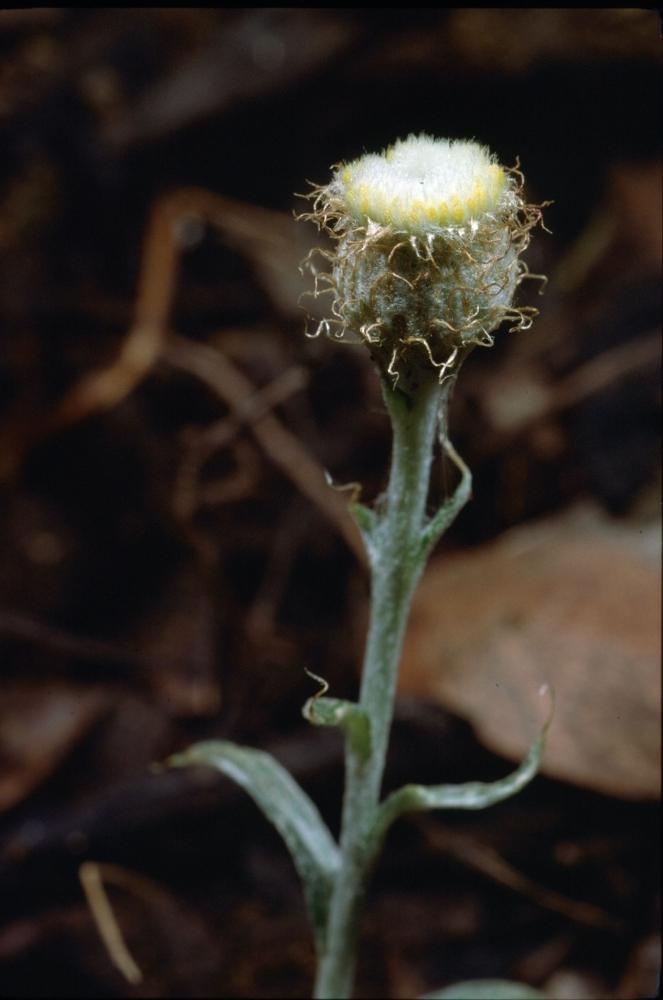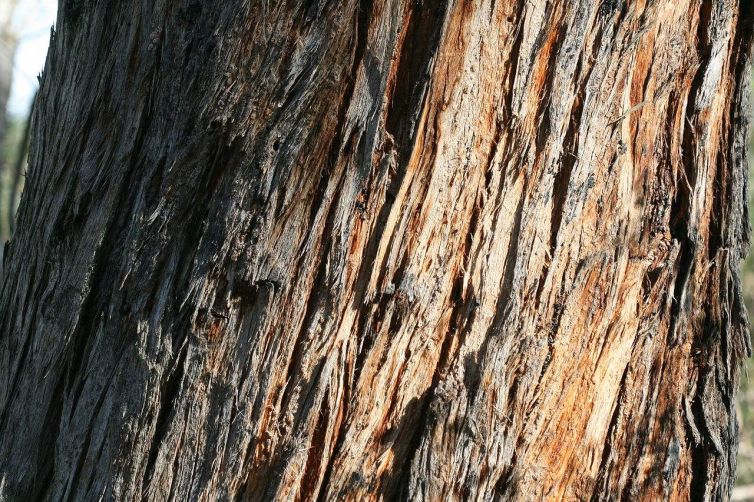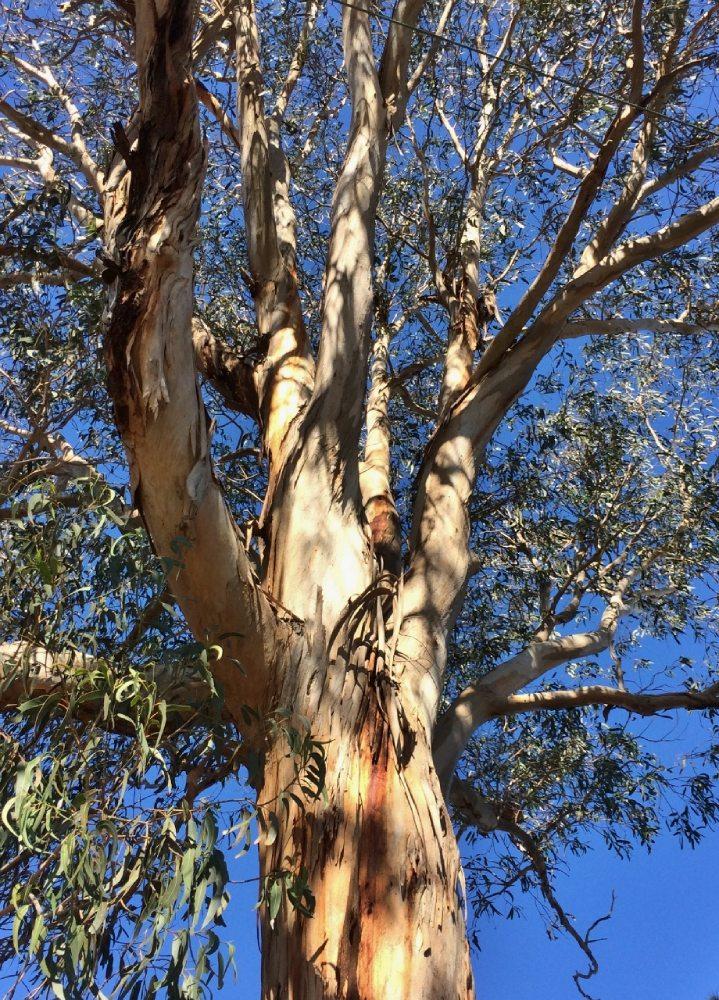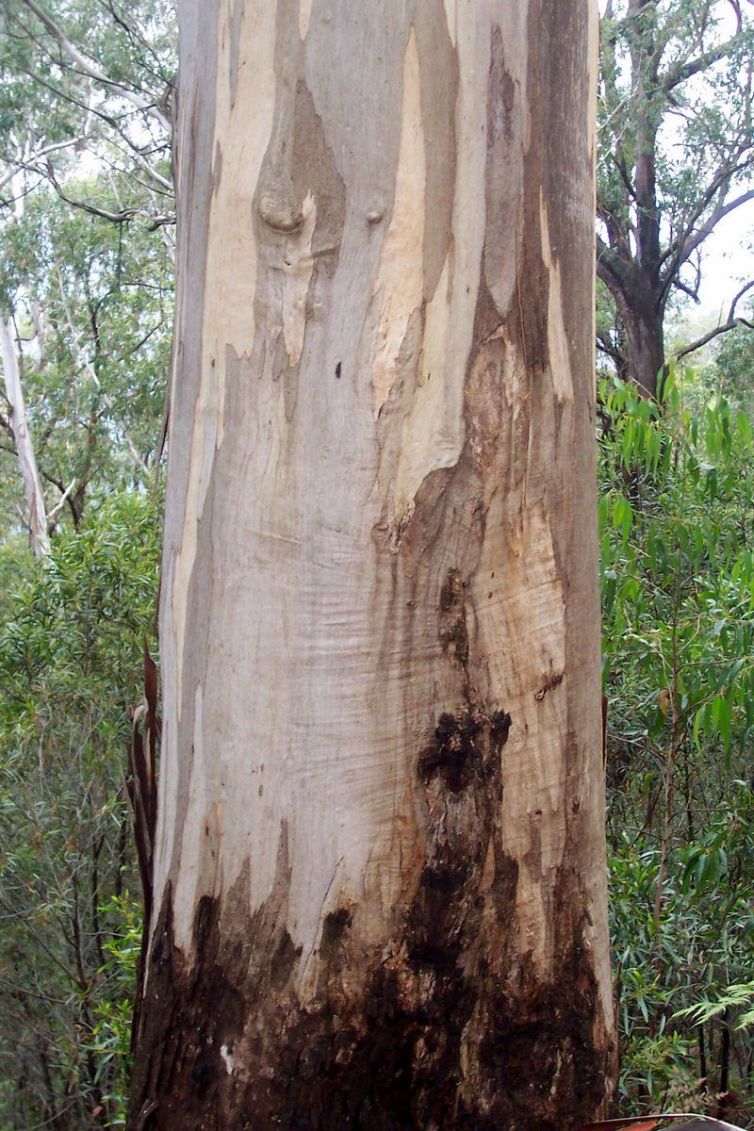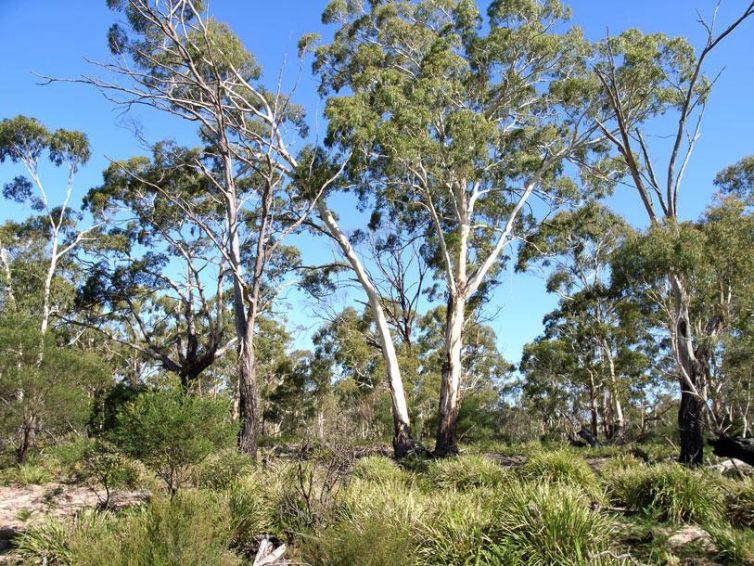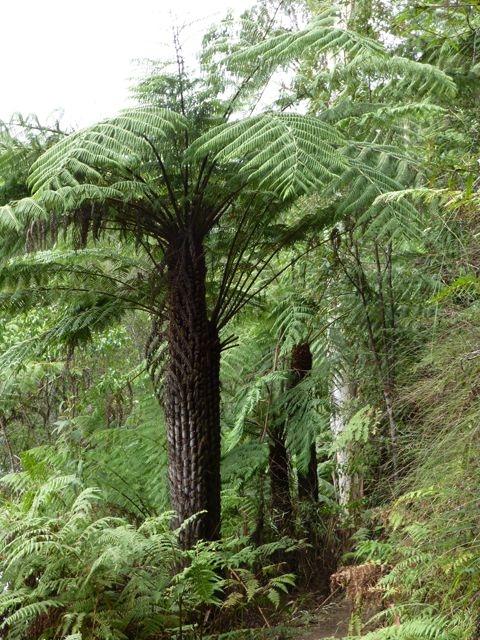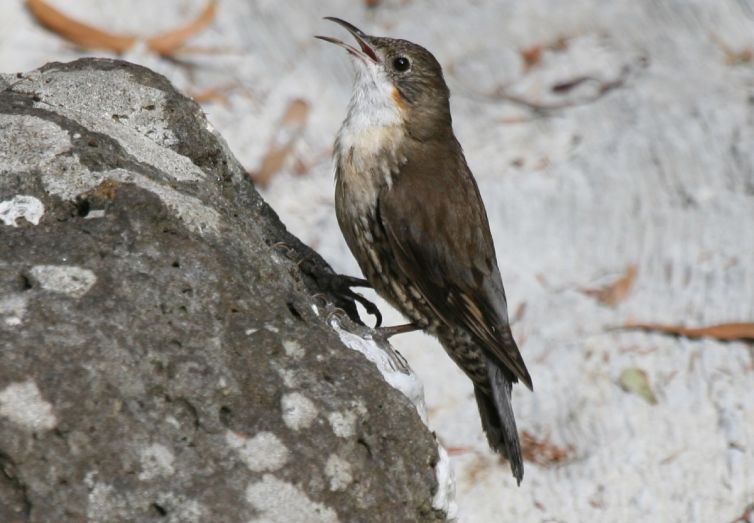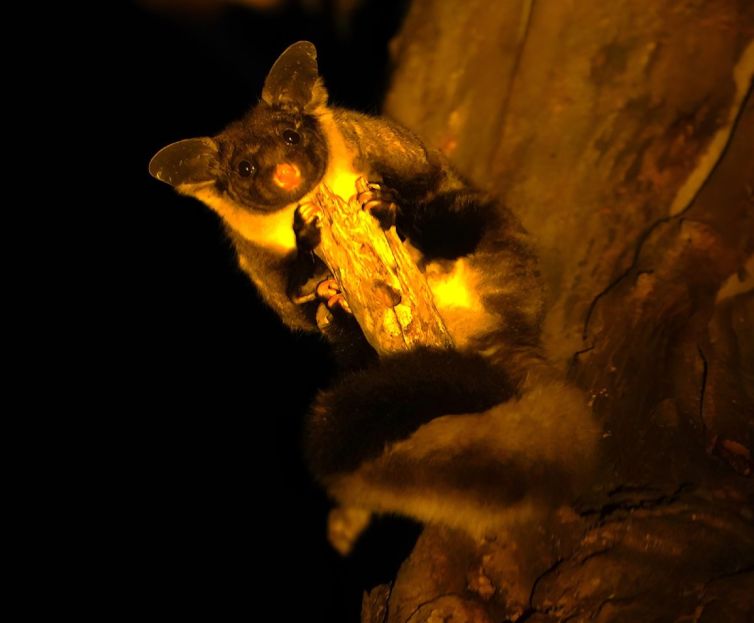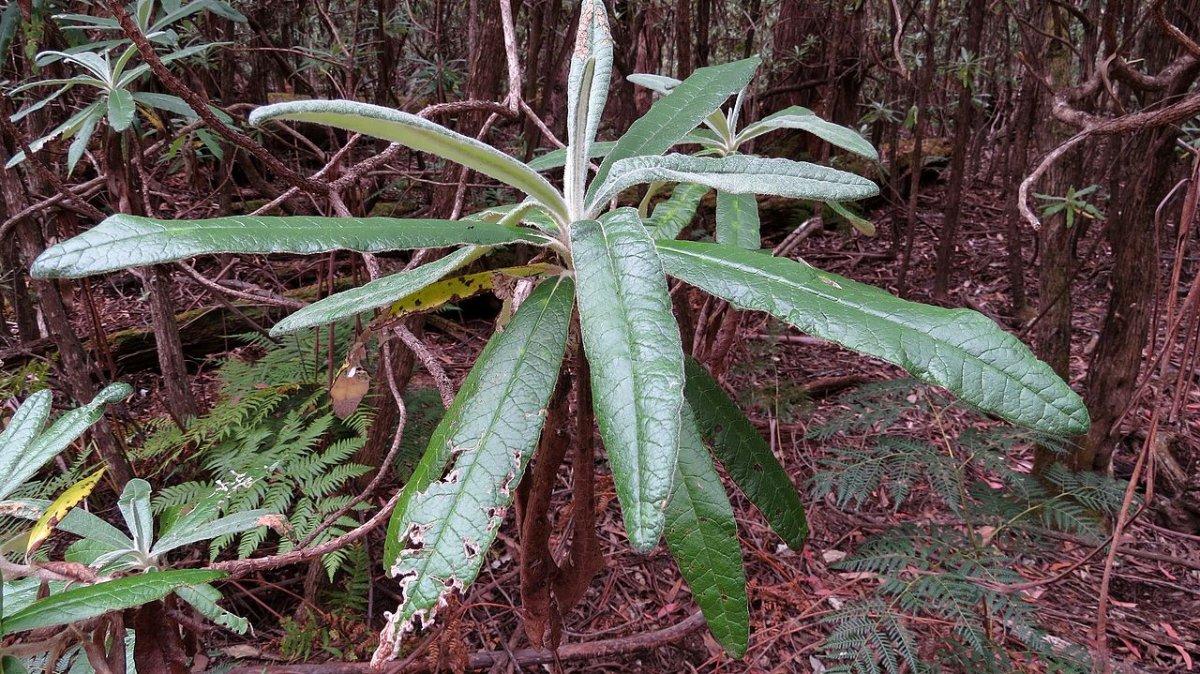
At the intersection 100 m east of the Erskine River bridge at Lorne leave the Great Ocean Road and continue along the Deans Marsh Road for nearly 7 km to a small roadside parking area on the left-hand side. A sign ‘Five Mile Track’ marks the start of the track. Leave pick-up car in Lorne.
Five Mile Track begins on the western side of the Deans Marsh Road. The first section is a delightful walk through cool temperate rainforest vegetation where fallen leaf litter almost carpets the track. Mountain Grey-gums and Manna Gums tower above a very dense and high understorey of Silver Wattle, Blanket Leaf, Musk Daisy-bush and Bootlace Bush. Tree ferns and many other species provide good habitat for wallabies and kangaroos that frequent the area. Wrinkled Buttons, a rare and threatened species of flora, grow on the side of the track and there is a very fine stand of Prickly Bush-pea.
The track crosses the Little Erskine River twice – once over a bridge and the second time by way of stepping stones where you need to take care. As you walk along the track, which includes uphill sections, you are sure to hear many bird calls emanating from the forest vegetation. The White-throated Treecreeper is usually very vocal. Some of the eucalypts still show scars from the 1983 fires, and there are stumps that indicate logging once took place in the area. Look at the smooth-barked trees and you may see signs of Sugar Glider (heart-shaped cuts) and perhaps Yellow-bellied Glider (large V-shaped cuts) activity. Both these species of mammals are found in many areas of the Great Otway National Park, but being nocturnal creatures, they are seldom seen.
As you approach Lorne the track widens with Southern Blue-gums and large messmates being the main eucalypts. Some clear views can be obtained across to the Erskine Falls Road.
The last part of the walk brings you back through some residential development near the Lorne Golf Club and then down to the Erskine River in the Lorne township.
Bootlace Bush (Photo by Margaret MacDonald)
Messmate (Photo by Arthur Chapman, CC BY)
Mountain Grey Gum (bark) (Photo by Poyt448)
Sugar Glider (Photo by Keith McLean)
Yellow-bellied Glider (Photo by Keith McLean)




